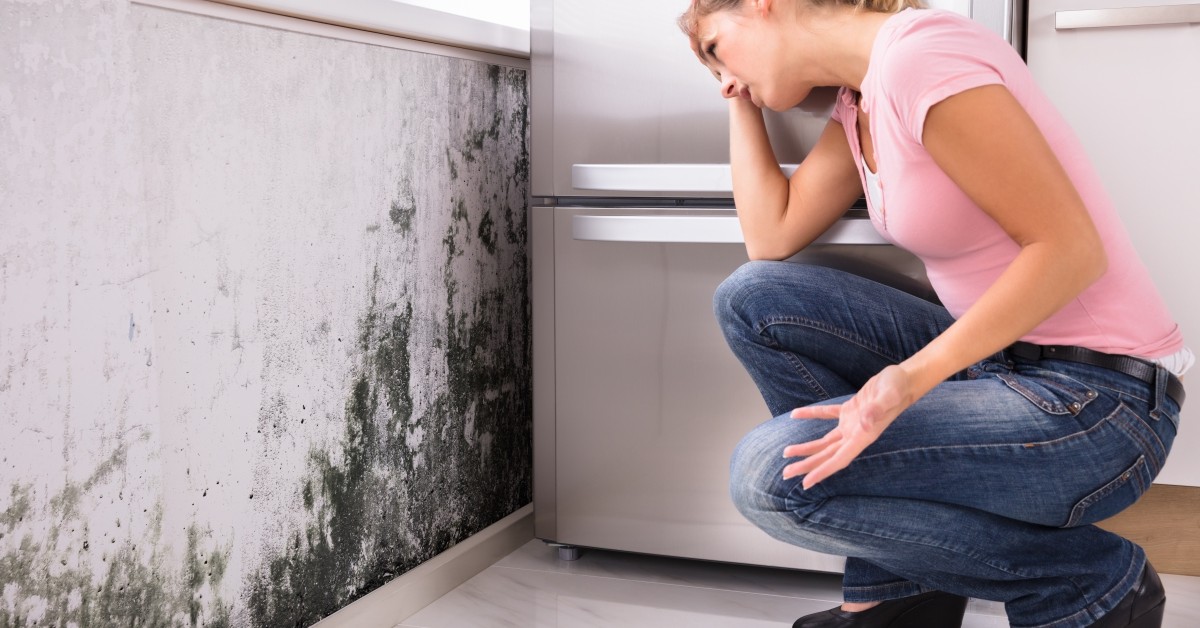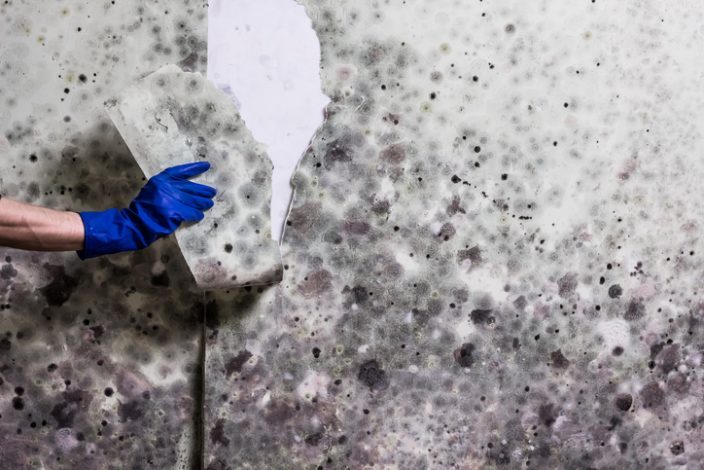Testing Air Quality After Mold Remediation
Testing Air Quality After Mold Remediation
Blog Article
Your Ultimate Overview to Article Mold Remediation Strategies
In the consequences of mold invasion, recognizing just how to efficiently get rid of the mold and stop its reoccurrence is paramount for preserving a healthy and balanced indoor atmosphere. From picking the best cleaning and decontaminating techniques to executing approaches for long-term mold prevention, each action in the removal trip plays an important duty in ensuring a successful outcome.
Comprehending Post-Mold Removal Refine
After completing the mold remediation process, it is important to comprehend the post-mold remediation methods that are needed to make certain a thorough and reliable clean-up. Once the mold has actually been gotten rid of, the following step involves cleansing and decontaminating the influenced locations to avoid any type of regrowth of mold. This consists of making use of specialized cleaning up agents to clean down surface areas and kill any remaining mold spores. It is essential to dry out the area completely to discourage the development of mold in the future (testing air quality after mold remediation). Correct air flow and dehumidification can help in this procedure.
In addition, carrying out a last evaluation post-remediation is crucial to ensure that all mold has actually been efficiently eliminated. This assessment needs to involve a thorough visual check in addition to perhaps air tasting to confirm the lack of mold and mildew spores airborne. If the evaluation exposes any kind of lingering mold, added removal may be essential. Informing residents on preventive actions such as regulating dampness degrees and immediately attending to any kind of water leakages can assist preserve a mold-free environment.
Effective Cleansing and Sanitizing Techniques

Preventing Future Mold And Mildew Development

Relevance of Appropriate Ventilation
Proper air flow plays an important function in preventing dampness accumulation, an essential consider mold and mildew growth within interior atmospheres. Efficient air flow systems help get rid of excess humidity from the air, lowering the possibilities of mold and mildew spores finding the dampness they need to sprout and spread. Without appropriate ventilation, indoor rooms can end up being a breeding place for mold, bring about potential health and wellness dangers and architectural damage.
By making certain correct air blood circulation, air flow systems can also help in drying out wet locations much more quickly after water damages or flooding cases, further deterring mold development. Post remediation mold testing near me. Precede like bathrooms, attic rooms, kitchen areas, and cellars where dampness degrees often tend to be greater, mounting and keeping reliable ventilation systems is important in stopping mold and mildew problems

Tracking and Maintenance Tips
Provided the vital role that correct ventilation plays in avoiding mold and mildew development, it is necessary to develop efficient surveillance and maintenance tips to make certain the ongoing functionality of ventilation systems. Tracking moisture levels within the home is also important, as high humidity can contribute to mold and mildew development. By staying attentive and positive to the problem of ventilation systems, residential property owners can efficiently reduce the risk of mold and mildew regrowth and preserve a healthy interior atmosphere.
Conclusion
Finally, post-mold removal methods are important for guaranteeing a clean and secure setting. Comprehending the process, implementing reliable cleaning and decontaminating techniques, avoiding future mold and mildew growth, maintaining appropriate ventilation, and normal tracking are all essential actions in the remediation process. By adhering to these standards, you can effectively eliminate mold and Your Domain Name mildew and prevent its return, working or advertising a healthy living space for all occupants.
In the after-effects of mold problem, recognizing how to effectively remove the mold and mildew and avoid its reoccurrence is vital for preserving a healthy indoor setting. As soon as the mold has been gotten rid of, the following action entails cleansing and sanitizing the affected locations to stop any regrowth of mold - what to do after mold remediation. After eliminating noticeable mold development, it is essential to clean up all surface areas in the damaged location to remove any staying mold and mildew spores. To better enhance mold avoidance actions, it is important to attend to underlying problems that initially led to mold advancement.Provided the important duty that correct air flow plays in preventing mold growth, it is crucial to develop reliable surveillance and upkeep pointers to ensure the ongoing capability of ventilation systems
Report this page